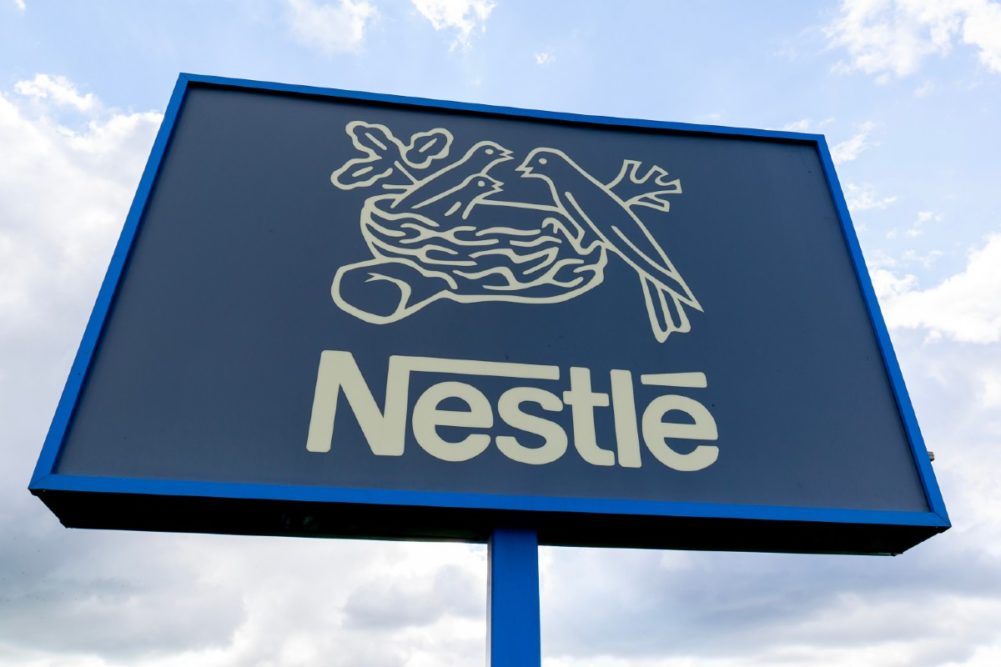BOSTON — The abrupt transition from Ulf Mark Schneider to Laurent Freixe as the chief executive officer of Nestlé SA, Vevey, Switzerland, signaled the company’s shift from a period of portfolio reshaping to achieving the business’ growth potential, said Anna Manz, chief financial officer, who was speaking Sept. 4 during a presentation at the Barclays Global Consumer Staples Conference.
On Aug. 23 Nestlé announced that Freixe would be stepping into the role as CEO and that Schneider would be leaving the company.
“I think what was in the board’s mind was more about the right leader for the right point in time for the company,” Manz said. “And as we look forward, it’s a slightly different phase of our development, where, yes, we’ll continue to tweak the portfolio, but we really need to deliver on the growth potential of the portfolio we have.
“In terms of abruptness, Laurent has been in Nestlé 38 years. So, he doesn’t need a big introduction period. He can hit the ground running. And, so, I think both from Laurent and Mark, the board’s perspective, a short handover is really helpful because it gives your organization clarity. And certainly, from where I sit, that clarity is really important because when you have two leaders in an organization, it creates a bit of a hiatus.”
During a call with securities analysts on Aug. 23, Freixe outlined his near-term priorities for Nestlé under his leadership, including organic growth, productivity and execution.
Manz said she expects Freixe to bring “precision back” to delivering organic growth with a focus on consumer centricity and using metrics to better understand Nestlé’s position.
“So, be it, taste preference,” she said. “Do we have a weighted average distribution? Have we got a share of shelf? Is our pricing appropriate? Do we have our share of voice?
“That’s all quite traditional. But in the new world, digitizing the data and we have the data, but digitizing it such that we are using those metrics in a really agile way real time to drive consumer growth, that’s what he has in mind when he uses that phrase.”
From the perspective of innovation, Manz said she sees the company shifting from “recipe-led” innovation to “consumer-led” innovation. She attributed the focus on recipes to the impact of COVID-19 on the market and the supply chain issues that followed the pandemic.
Steve Presley, CEO of Nestlé’s Zone North America business unit, added that capacity issues have affected the company’s growth prospects as well.
“In our major categories, we’ve been capacity constrained and still just coming out of that constraint, whether it’s pet, creamers, even on coffee,” he said.
In January, Nestlé announced a $100 million expansion of a coffee manufacturing plant in Vietnam, and it is set to open a creamer plant in Glendale, Ariz., this year.
Presley said the new capacity coming from the Arizona creamer plant will allow that business to “bring innovation back to creamers and really get back to driving our really strong category leadership.”
Productivity will be used to fund Freixe’s organic growth goals. Manz identified three “buckets” of productivity opportunity.
“The fastest bucket to get is really around digitizing marketing and sales,” she said. “In the old world, we did focus groups. In the new world, we have an AI (artificial intelligence) virtual consumer that we can test a lot more against much more quickly. There’s significant efficiencies that we’re already liberating using data and AI in a very different way.”
Second, she said Nestlé has “taken out” 100 factories in the past decade, but there is more to do.
“If you look at Nestlé’s legacy, or where we’ve come from, we’ve tended to have a sort of geographic model with factories in markets, which doesn’t optimize supply,” Manz said.
Finally, Manz said she sees an opportunity to reduce friction within Nestlé and make the company’s processes “faster and more agile.”

